Category Archives: Winter 2014
Facadism: “Who Goes There? Speak up or get a facelift!”
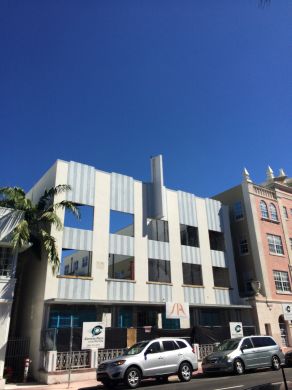
Written on December 3, 2014 at 10:49 am, by Kara Pickman
As the artist Nick Lobo told me over pisco sours at SuViche, Miami is a resort that grew, and grew some more, but it’s still a resort—a place where people come to get away from wherever and whatever they’re from, and whoever they were previously connected to, for a while or forever. The tourist hustle and the short con are as old as the sea and as new as that day’s sunlight. Visitors are welcomed, sized up, and fleeced in endlessly inventive ways that pepper the conversations of locals. Visitors who stay longer begin to welcome, size up, and fleece newcomers, in turn.
Thinking Outside the Academy
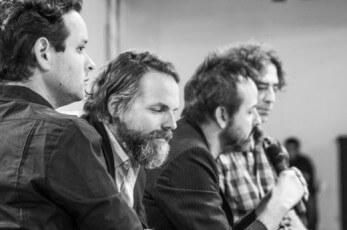
Written on December 3, 2014 at 10:48 am, by Kara Pickman
While Miami’s art scene is often faulted for lack of depth and conceptual rigor, there is enough intellectual energy here for a group of eight artists (spearheaded by Odalis Valdivieso and Lidija Slavkovic) to organize Fall Semester, a two-day rapid-fire conference where internationally recognized scholars, critics, and theorists came together to consider the city—especially this city, situated on the northern frontier of the global South.
Excited Delirium: Graffiti and Miami
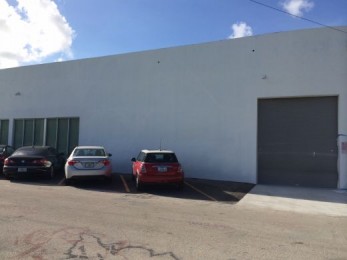
Written on December 3, 2014 at 10:48 am, by Kara Pickman
Early on the morning of August 6, 2013, officers of the Miami Beach Police Department spotted REEFA tagging his name on a closed-down McDonald’s. He was adding his tag to a mix of signs and other graffiti that was already plastered on the walls. REEFA, standing at 5’6” and weighing roughly 150 pounds, ran from about six cops until he was cornered a few blocks away. After allegedly resisting arrest, he was knocked to the ground then stunned in the chest with a Taser by officer Jorge Mercado. As the officers celebrated, the suspect went into cardiac arrest. Once delivered to Mt. Sinai Hospital, as stated in the police report, Israel Hernandez “expired.” All he got up on the wall was the ‘R’ in REEFA.
MiamiHistory / HistoryMiami
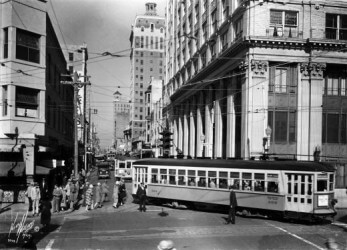
Written on December 3, 2014 at 10:46 am, by Kara Pickman
When I tell new acquaintances that I direct Miami’s history museum, invariably they assume I’m making a joke. “Miami?” they gasp. “It doesn’t have any history!”
Prospecting
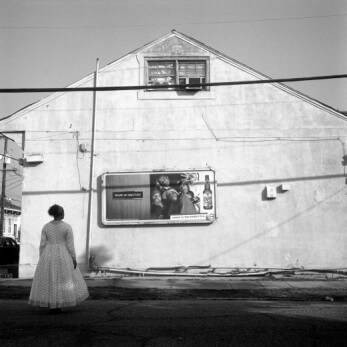
Written on December 3, 2014 at 10:45 am, by Kara Pickman
This fall, the PAMM curatorial staff and I took a museum patron trip to New Orleans for Prospect.3: Notes for Now. This is the third installment in a series of large international contemporary art surveys still labeled “biennial” by the organizers, though four years have passed since Prospect 2. The first Prospect, which opened in November 2008, was organized in the aftermath of Hurricane Katrina, in large part as an engine of economic and community development for the devastated city. This edition was organized by Franklin Sirmans, head of contemporary art at the Los Angeles County Museum of Art. In my opinion one of the most talented curators of his generation, he has built a resume heavy on exhibition and publication projects designed to redress the omissions of the Eurocentric Modernist art-historical canon, telling the stories and presenting the artistic achievements of significant yet lesser-known women artists and artists of color from around the world.
Between Two Tomorrows: The 2014 Montreal Biennale

Written on December 3, 2014 at 10:44 am, by Kara Pickman
L’avenir (looking forward), the 2014 Montreal Biennale, arises from two perspectives that meet somewhere in the middle. L’avenir is French for what is to come. While that appears to be quite poetic, it could refer to anything between death and the pizza that you just ordered. Looking forward––well, you speak English. We have two conditions of the biennale: the expected object and state, and the expectation itself. Spread out over 14 venues, the biennale comprised 50 artists from 22 countries. Half the artists were from Canada; 16 were from Québec. Although it would be incorrect to reduce the art to a thematic checklist, it seemed that the majority of the pieces held a Janus-faced relationship to both the future and history. This relationship appeared structurally in many of the ongoing research-based projects on display. It also appeared in the content of many pieces explicitly dealing with history.
Carlos Martiel
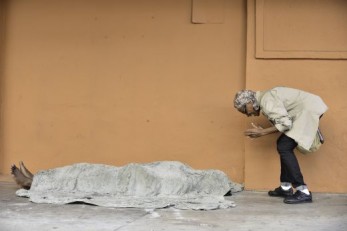
Written on December 3, 2014 at 10:43 am, by Jessalyn Santos-Hall
You say that your work is principally focused on the relationships of power that subjugate an individual within a determined context. Do you think that by positioning yourself as any individual you can obviate the fact that you are black? Did your work emerge from some kind of awareness regarding blackness? What are the origins of your work and what were the initial concerns that led you to art?
Adler Guerrier: Formulating a Plot
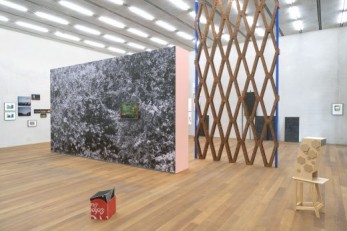
Written on December 3, 2014 at 10:42 am, by Jessalyn Santos-Hall
Lemon City, Lemon City becoming Little Haiti, Little Haiti becoming Little River. The Haitian-infused Miami neighborhoods present a state of flux, a city within a city encroached upon by new development interest while still establishing itself. A stunning photograph of a bush of fuchsia colored tropical flowers is offset by a road side at 62nd Street and NE 2nd Avenue in Miami, a site Adler Guerrier recognizes as a threshold between neighborhoods heavy with associations.
Fleeting Imaginaries
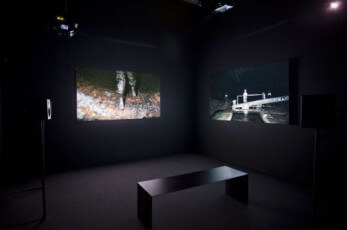
Written on December 3, 2014 at 10:41 am, by Jessalyn Santos-Hall
Fleeting Imaginaries is CIFO’s twelfth exhibition of artists funded through its granting program. The title describes the fluctuating, porous notion of a culturally specific sensibility, fitting for a show that brings together artists from seven different countries across Latin America, and yet the show is striking in its visual and conceptual cohesion. Seemingly chance coincidences of overlapping imagery and ideas occur repeatedly throughout the works in the show. Of course, the idea of a distinct cultural imagination is increasingly sublimated in a globally connected world characterized by diaspora and displacement. The problem with increasing interconnectedness is a reduction of linguistic and symbolic variation and hence a gradual homogenization of possible meaning in the face of creeping hegemonies.
A Portrait of Punk

Written on December 3, 2014 at 10:40 am, by Jessalyn Santos-Hall
Photographs and videos of the people who shaped Punk were recently on view at Ringling College’s Selby Gallery. Presented as joint exhibitions, Low Fidelity: Still Photographs by Bobby Grossman 1975-1983 recalled the style of a previous generation, and Underground Forces: Target Video 1977-1984 offered a time capsule of musicians and artists trying to establish themselves. Together, the exhibitions revealed how the movement continues to be affected by the way it’s represented.
